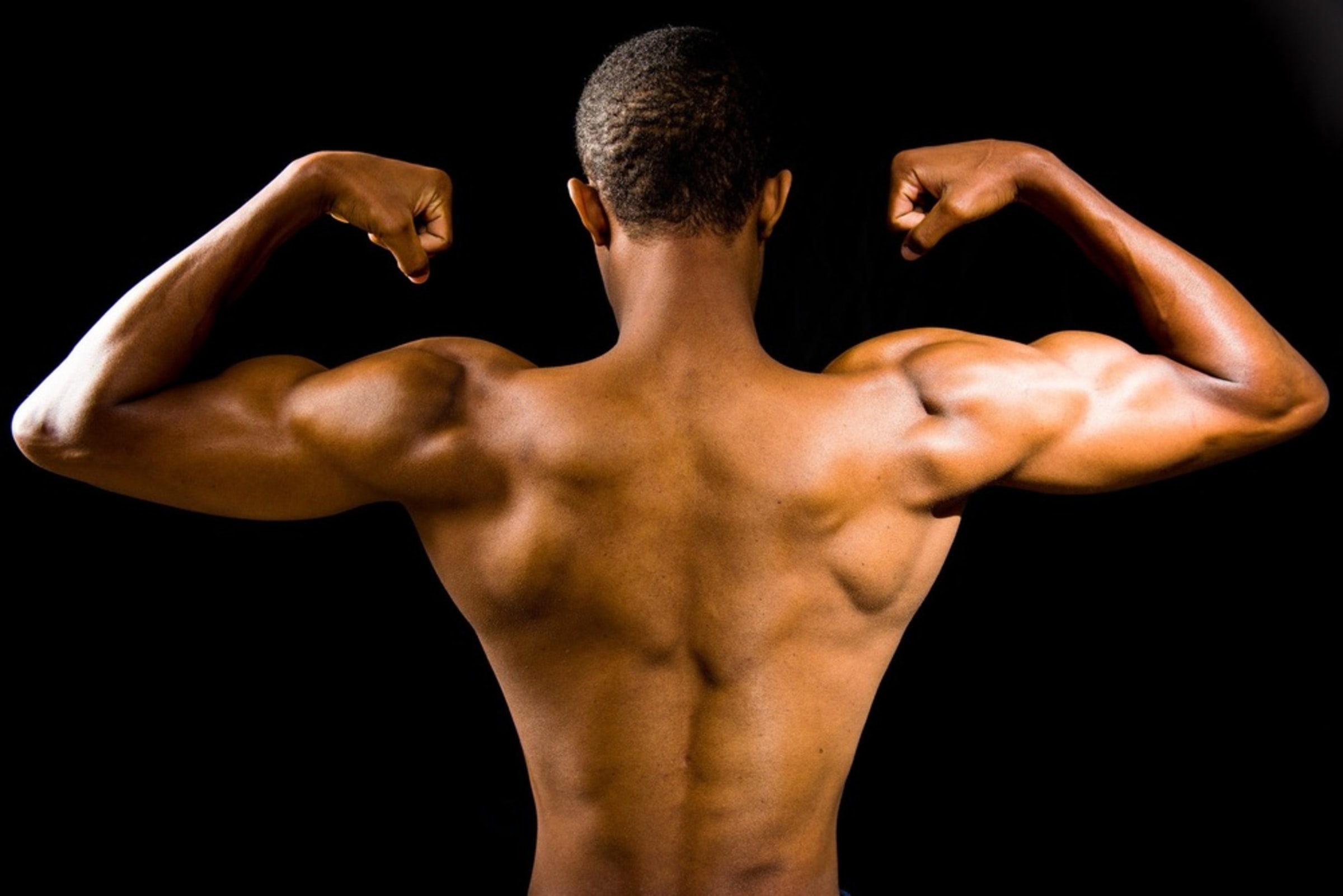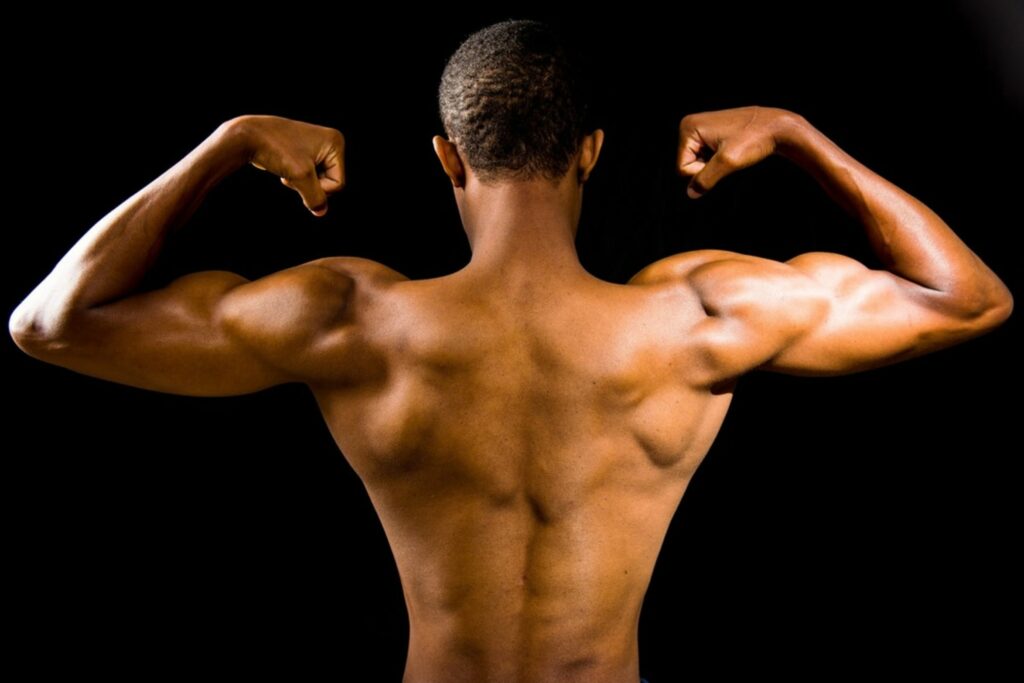
Photo by Nigel Msipa on Unsplash
Some scholars argue that the norms of traditional masculinity are “dying out” as a result of the movements that advocate for gender equality and challenge traditional gender ideologies.
According to the Male Reference Group Identity Dependence Theory by Jay Wade, men’s propensity to live up to traditional expectations will depend on whether they perceive the norms of traditional masculinity ideology as a value for the group of males that is important for them. In broader terms, if society or parts of it do not perceive these norms as valuable, then men, in theory, should have no reason to follow them.
A team of researchers led by Vincenzo Iacoviello from the University of Geneva investigated this issue recently focussing on three reference groups for men: society as a whole, women, and other men. The authors suggested that men still perceive aspects of the traditional ideology of masculinity as a desirable norm, but this norm is perceived as being reinforced by the gender ingroup i.e., other men.
They assessed the perceptions of 161 US and 160 British straight men of how traditional masculinity norms are viewed by the aforementioned reference groups. The results revealed that the participants believed that other men (but not women and not society as a whole) appreciated the norms of traditional masculinity ideology. While the authors believe that this perception stems from what men actually value in their everyday experiences with other men, there may also be a mismatch between the degree to which men perceive traditional masculinity as valuable and the degree to which it is actually valued. People sometimes reject the norm, but mistakenly believe that others support it. This is what social psychologists call Pluralistic Ignorance.
Participants in the experiments were also asked to answer questions about their support for the norms of traditional masculinity to make a positive impression of themselves in the eyes of the reference group (i.e., society as a whole, other men, or women). The results indicated that men seem to conform to the norms of traditional masculinity that are valued by both other men and women, which means that their attitudes and behavior are trade-offs based on what they perceive to be normative in different contexts of socialization.
The authors pointed out that this raises the question of how men can simultaneously conform to male and female perceptions of traditional masculinity ideology when these perceptions are perceived to be contradictory. One possibility is that men are trying to find the right balance between what they think other men and women expect of them. In this case, the behavior of men will be a compromise between what they consider to be normative in different contexts of socialization. Another possibility is that men will adapt their behavior to a norm that they deem appropriate in each situation, for example, supporting the norms of traditional masculinity ideology in homosocial masculine spaces, while at the same time maintaining more egalitarian norms in gender-mixed spaces (e.g., at work).
While it is clear that some sort of shift is happening in the extent to which men endorse masculine norms, it is less evident that traditional masculinity is “dying out.” Although men tend to demonstrate more egalitarian attitudes in gender-mixed environments, men still perceive that other men value traditional masculinity, which, in the end, is the most important for them. Perhaps, an emphasis on the fact that men are not a homogenous group can break the perception that all men value traditional masculinity allowing for a greater diversity of masculinities among other men.

Making a good case for gender diversity — Pathbreaking organisational communication (Switzerland)
